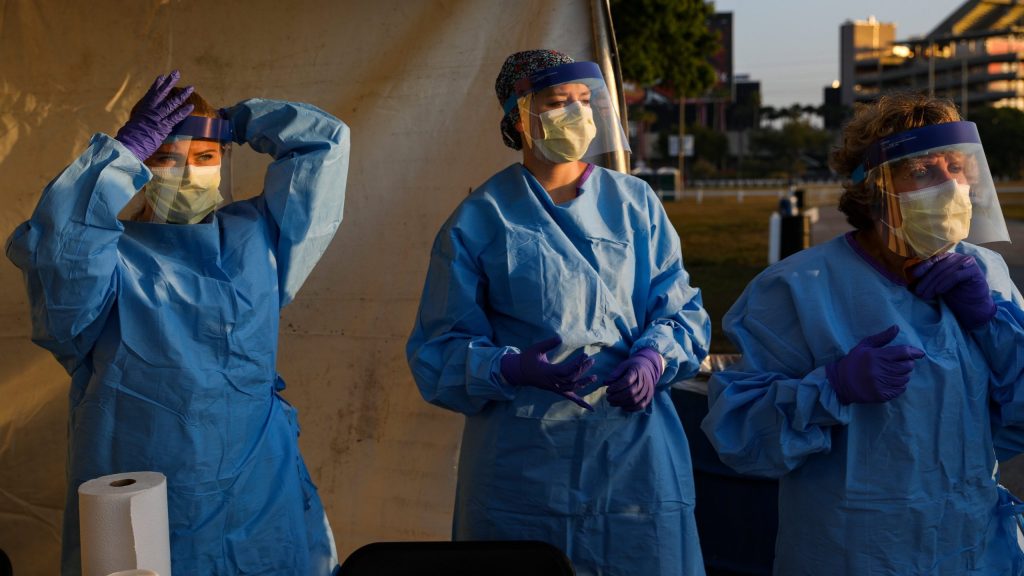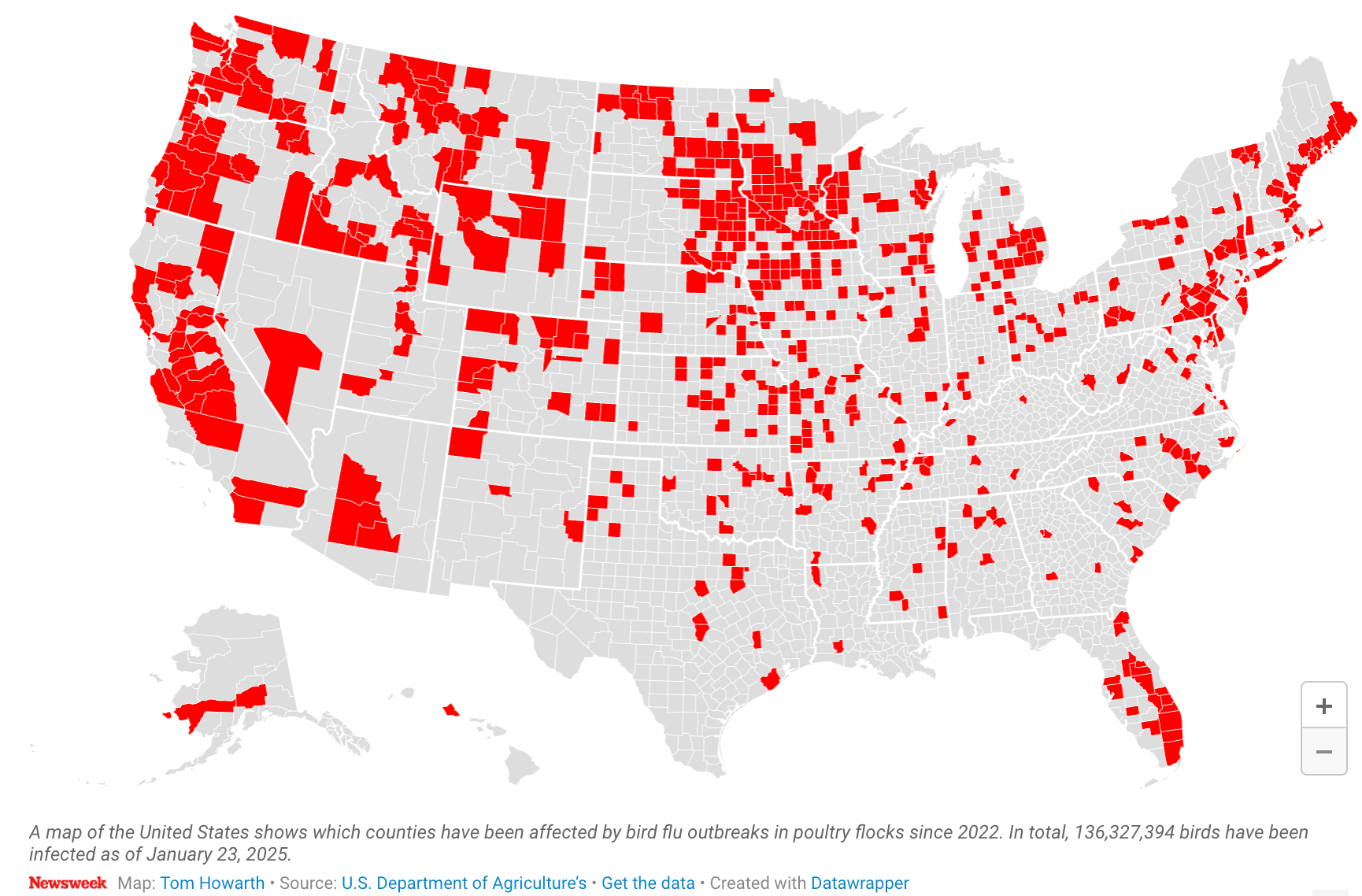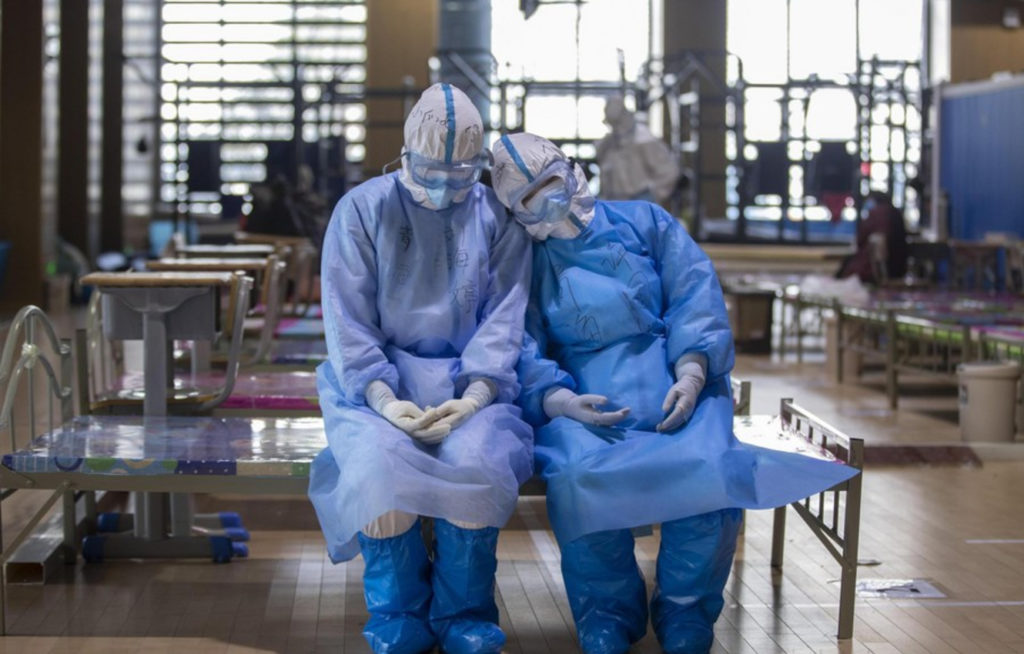
As the H5N1 avian influenza continues to affect poultry and other animals across various regions, health experts emphasize the importance of ongoing monitoring and preventive measures to control its spread. Since the outbreak began, over 168 million poultry have been culled, impacting both the agricultural sector and public health. This article provides an overview of the ongoing situation and the precautions necessary to minimize the virus’s impact.
What is H5N1 Avian Influenza?
H5N1, also known as bird flu, is a highly pathogenic strain of influenza primarily affecting birds but capable of infecting mammals, including humans. The virus is of particular concern due to its potential to mutate when it infects different species, increasing the risk of human transmission. However, human cases remain rare, and strict biosecurity measures are crucial to preventing further spread.
The Centers for Disease Control and Prevention (CDC) and the World Health Organization (WHO) continue to monitor the outbreak closely, advising on necessary precautions for those in close contact with infected animals.

The Impact on Livestock and the Economy
Since the outbreak began, over 168 million poultry have been culled, and nearly 1,000 dairy cow herds have been impacted, primarily in areas with large farming operations. The loss of these animals has caused disruptions in the supply of poultry products and increased the cost of eggs, affecting both consumers and businesses.
Experts continue to emphasize the importance of maintaining stringent biosecurity measures to prevent further outbreaks, particularly in regions with high farming densities.

Human Cases of H5N1 Bird Flu in the U.S.
As of early 2024, the U.S. has reported human cases of H5N1 infection, with health authorities confirming cases of severe illness. According to reports, individuals who work closely with poultry or other infected animals are at higher risk of exposure. Health officials have emphasized the importance of using personal protective equipment (PPE) and maintaining proper hygiene practices to reduce the risk of infection.
The CDC continues to provide guidelines on preventing the spread of avian influenza among humans, including recommendations for workers in the poultry industry.

Mutations and the Risk of Human-to-Human Transmission
The ability of the H5N1 virus to mutate is a key area of ongoing study. While there have been no confirmed cases of sustained human-to-human transmission, scientists continue to monitor the virus’s evolution closely. Current surveillance efforts are aimed at identifying any mutations that could increase the potential for human-to-human transmission.
Experts agree that early detection and rapid response to potential mutations are critical for preventing the spread of the virus to wider populations. Monitoring animal populations and implementing control measures in affected areas are key components of these efforts.
The Role of Vaccination in Containing the Outbreak
Vaccination remains a key tool in managing the spread of H5N1. The U.S. government has a stockpile of bird flu vaccines, which can be used in the event of an outbreak. Research is also ongoing to develop vaccines specifically for human use to protect against the H5N1 strain.
In addition to vaccination, antiviral medications such as oseltamivir (Tamiflu) are used to treat infected individuals, reducing the severity of the disease and preventing further spread.

Addressing Challenges in Response Efforts
The U.S. response to the bird flu outbreak includes increased surveillance and biosecurity measures. Health officials have focused on improving monitoring systems to detect outbreaks early, as well as providing guidance to farmers and workers on proper hygiene and safety practices.
Despite efforts to address the situation, some experts have called for continued investment in preparedness and response infrastructure to ensure that future outbreaks are contained more efficiently.
The Risk to Wild and Domestic Animals
The virus has also been detected in wild animals, including raccoons and seals, which may have contracted the virus from infected birds. Efforts to track the virus in wildlife populations are ongoing, with researchers focusing on identifying the potential risks to other animal species, such as pigs, which can act as “mixing vessels” for new strains of the virus.

Preparing for the Future: Global Action Needed
As the outbreak continues to evolve, experts emphasize the need for global cooperation in strengthening surveillance systems, enhancing biosecurity measures, and educating the public on safe handling practices for poultry products.
Governments and international health organizations must continue to work together to address emerging infectious diseases, ensuring preparedness for future outbreaks.
Conclusion: The Importance of Vigilance and Preparedness
The H5N1 bird flu outbreak remains a critical public health issue. While human-to-human transmission has not been confirmed, health experts continue to monitor the situation closely. The U.S. government and international health organizations are actively working to control the outbreak and prevent its spread.
As the virus continues to affect both animal and human populations, it is essential to remain vigilant, strengthen biosecurity measures, and prepare for the potential challenges ahead. Early detection, rapid response, and global cooperation are key to minimizing the impact of the H5N1 virus.
Sources:
- Centers for Disease Control and Prevention (CDC). (2024). “Avian Influenza (Bird Flu) – U.S. Outbreaks.”
- World Health Organization (WHO). (2023). “H5N1 Avian Influenza: Risks and Mitigation Strategies.”
- U.S. Department of Agriculture (USDA). (2024). “Biosecurity in Agricultural Settings.”
- National Institutes of Health (NIH). (2024). “Avian Influenza and Its Impact on Public Health.”


